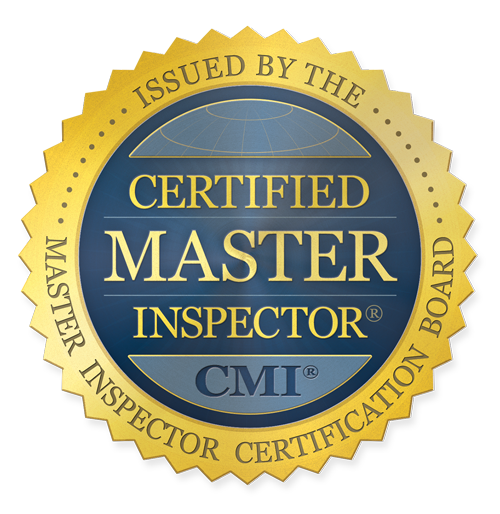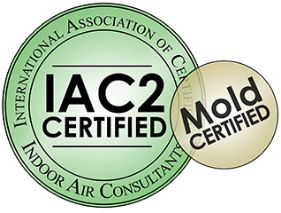Curb appeal only goes so far and can cover up many issues lurking in the walls and other invisible areas of the home. Before finalizing a home’s purchase, a professional home inspection is the best way to uncover these secrets.
5 Common Issues Hiding In Your Prospective Home
Here are just a few of the issues that your home inspector could find hidden in the walls, especially in a home built more than 15 years ago.
1. Lead-Based Paint
Lead-based paint was banned in 1978 due to its toxic and even lethal effects, but it’s still lurking around in older homes. A full home inspection reveals the areas where the paint is old and peeling, and where the risk of lead exposure is highest.
Lead is extremely hazardous, especially to children, so make sure you do your due diligence and perform a full home inspection and a lead-based paint test before purchasing a pre-1978 home.
2. A Termite Infestation
While we’ll note signs of termites or any other wood-destroying organisms (WDO) during a 4-point inspection, determining the severity of the issue may require further investigation. Termites and other WDOS leave subtle signs inspectors notice during their walkabout.
This includes things like:
- Sagging floors or “shelter tubes” near the foundation of a home
- Mold or mildew issues (pest-damaged wood is more vulnerable to moisture infiltration)
- Spongy or soft wood trim and finishes
- Pest feces
- Wood that appears whitish or yellowish in color
- Areas of obvious rot or insect tunnels/burrows
If you notice signs of termites, it’s important to get a qualified professional to deal with the infestation and evaluate the structural integrity of the home before you make any purchase commitment.
3. Dangerous Mold & Mildew
Mold is perhaps the most immediately dangerous item on our list. Mold is often found between walls, under floors, and in ceilings. Even a brand-new home may have mold if it has a tightly sealed home envelope but lacks adequate ventilation and airflow.
Mold is not just a cosmetic annoyance. Left unaddressed, mold and mildew cause structural rot, leading to expensive repair and replacement costs. In addition to the unseen damage being done in the home, mold is also linked to exacerbated allergies and other respiratory issues. Not all molds are harmful, but it’s better you don’t leave anything to chance and ask for mold testing along with your home inspection.
4. Faulty Wiring
Contemporary homes’ electricity demands far exceed the abilities of outdated electrical panels and wiring. Faulty wiring is one of the most common causes of house fires and is almost impossible to detect without specialized knowledge.
Loose or damaged wires give off heat that a home inspector can easily identify with thermal imaging technology. So, in addition to an electrical panel inspection, an infrared inspection is your best bet to detect faulty wiring inside the walls. The bonus is that infrared technology also picks up on any leaks or moisture damage inside the walls.
5. Inadequate Insulation
Inadequate or damaged insulation compromises whole-home comfort and energy efficiency, resulting in excessively high heating and cooling costs. As building codes prioritize energy efficiency, there’s a good chance your 10-plus-year-old home has inadequate insulation.
Your 4 point inspection will let you know the status of your insulation as we inspect the attic as part of the roof inspection. Inadequate insulation in the attic indicates insulation needs attention elsewhere in the house.
Super Inspection Pros Finds Out What’s Inside the Walls
The last thing you want to do is discover that your dream home is more like a nightmare. Your pre-sale inspection gives you peace of mind by determining whether or not to move forward with the sale. If the answer is yes, exposing what’s behind the walls can help you negotiate a better sales price.
Please contact us at Super Inspection Pros to learn more about our home inspection process or to schedule an inspection for your new home.

